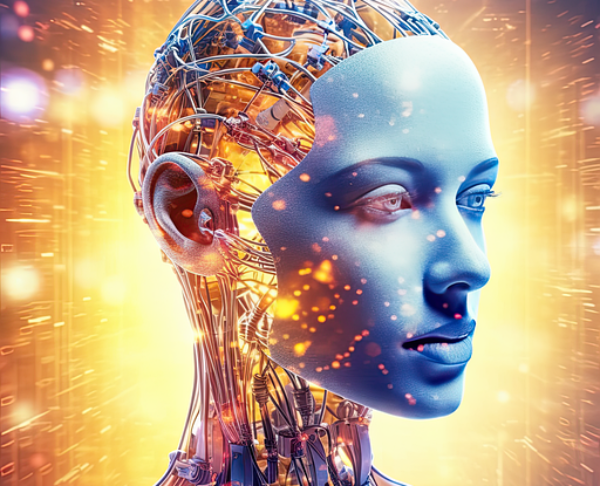Introduction
Machine learning has revolutionized the field of technology and has become an integral part of our daily lives. From personalized recommendations on streaming platforms to autonomous vehicles, machine learning algorithms are at the core of these advancements. This comprehensive guide provides an introduction to machine learning, exploring its fundamental concepts, methodologies, and real-world applications. Whether you are a beginner looking to understand the basics or a professional seeking to enhance your knowledge, this guide will provide you with a solid foundation in machine learning.
Table of Contents:
- What is Machine Learning?
- Types of Machine Learning
- Supervised Learning
- Unsupervised Learning
- Reinforcement Learning
- Machine Learning Algorithms
- Preprocessing and Feature Engineering
- Model Evaluation and Selection.
- Overfitting, Underfitting, and Regularization
- Real-World Applications of Machine Learning
Section 1: What is Machine Learning?
Understand the basic concept of machine learning and its importance in the era of big data. Explore how machine learning differs from traditional programming and how it enables computers to learn patterns and make predictions without being explicitly programmed. Gain insights into the different stages of a typical machine learning workflow.
Section 2: Types of Machine Learning
Dive into the various types of machine learning algorithms. Understand the differences between supervised, unsupervised, and reinforcement learning. Explore their respective use cases and learn about the types of problems each type of learning can address.
Section 3: Supervised Learning
Explore supervised learning, one of the most common approaches in machine learning. Understand the concept of labeled data and learn about popular supervised learning algorithms such as linear regression, logistic regression, decision trees, and support vector machines. Explore use cases and practical examples for each algorithm.
Section 4: Unsupervised Learning
Discover unsupervised learning, which deals with unlabeled data. Explore clustering algorithms such as K-means and hierarchical clustering, as well as dimensionality reduction techniques like principal component analysis (PCA) and t-SNE. Learn how unsupervised learning can uncover hidden patterns and structures within data.
Section 5: Reinforcement Learning
Delve into reinforcement learning, which involves training agents to make decisions based on feedback from the environment. Understand the concepts of reward, state, and action. Learn about the Markov decision process (MDP) and explore reinforcement learning algorithms such as Q-learning and deep Q-networks (DQN).
Section 6: Machine Learning Algorithms
Explore a variety of machine learning algorithms commonly used in practice. Cover topics like decision trees, random forests, support vector machines (SVM), k-nearest neighbors (KNN), naive Bayes, and neural networks. Understand the strengths, weaknesses, and appropriate use cases for each algorithm.
Section 7: Preprocessing and Feature Engineering
Learn about the essential steps of data preprocessing and feature engineering in machine learning. Discover techniques for handling missing data, encoding categorical variables, and scaling numerical features. Understand the importance of data normalization and feature selection for building effective machine learning models.
Section 8: Model Evaluation and Selection
Understand how to evaluate and select the best machine learning model for a given problem. Explore common evaluation metrics such as accuracy, precision, recall, and F1-score. Learn about cross-validation techniques and how to avoid overfitting and underfitting. Discover strategies for model selection based on performance and complexity trade-offs.
Section 9: Overfitting, Underfitting, and Regularization
Dive deeper into the concepts of overfitting and underfitting in machine learning. Understand the causes and effects of these phenomena. Explore regularization techniques such as L1 and L2 regularization, dropout, and early stopping to mitigate overfitting and improve model generalization.
Section 10: Real-World Applications of Machine Learning
Explore a wide range of real-world applications where machine learning has made significant advancements. Discover applications in areas such as healthcare, finance, marketing, image and speech recognition, natural language processing, and recommendation systems. Gain insights into how machine learning is transforming various industries.
Conclusion
Machine learning is a rapidly evolving field that holds immense potential to transform industries and drive innovation. By understanding the fundamental concepts and methodologies of machine learning, as well as its various types and applications, you can unlock its power to solve complex problems and make data-driven decisions. Whether you are a student, researcher, or industry professional, this comprehensive guide provides you with a solid foundation to explore and apply machine learning techniques in diverse domains. Embrace the opportunities presented by machine learning and continue to expand your knowledge in this exciting field.








